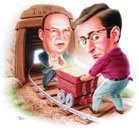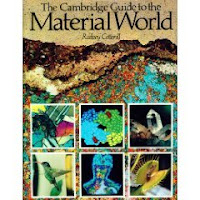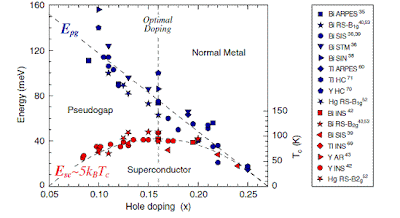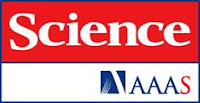An ode to superconducting organic charge transfer salts

Organic charge transfer salts such as (BEDT-TTF)2X have a number of unique features that make them a playground for quantum many-body physics. They have several properties, distinctly different, from transition metal oxides, that mean that one can observe rich physics in experimentally accessible magnetic fields and pressure ranges. These properties include: they are available in ultra-pure single crystals which allow observation of quantum magnetic oscillations such as the deHaas van Alphen effect. the superconducting transition temperature Tc and upper critical field Hc2 are low enough that one can destroy the superconductivity and probe the metallic state in steady magnetic fields less than 20 tesla. chemical subsititution provides a means to tune the ground state they are compressible enough that in pressures of the order of 10's kbar one can tune between different ground states Consequently, over the past decade it has been possible to observe several unique properties of str






















